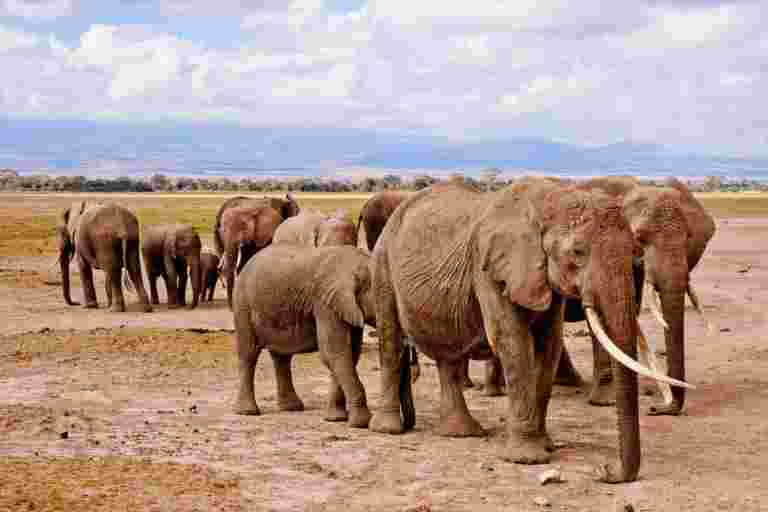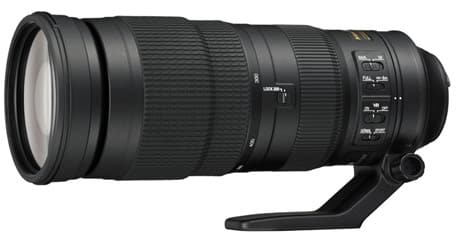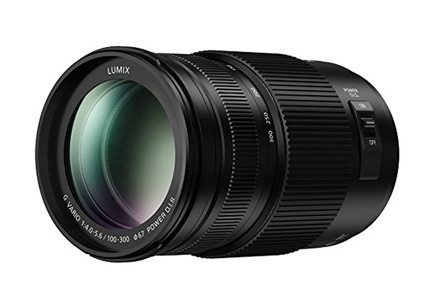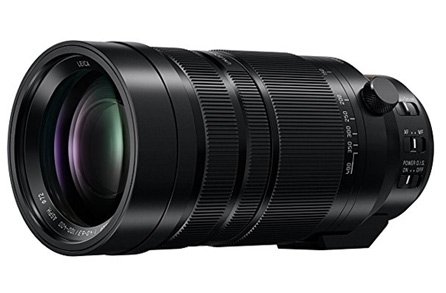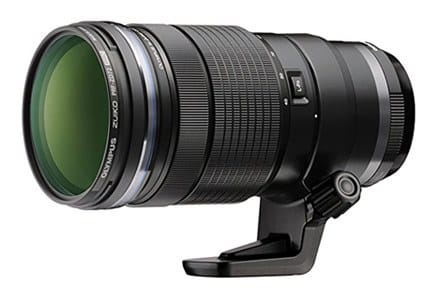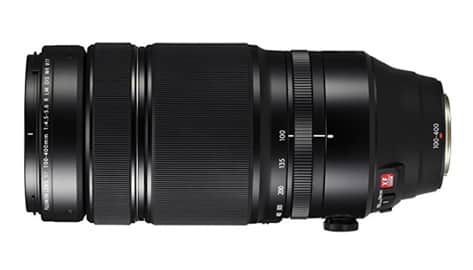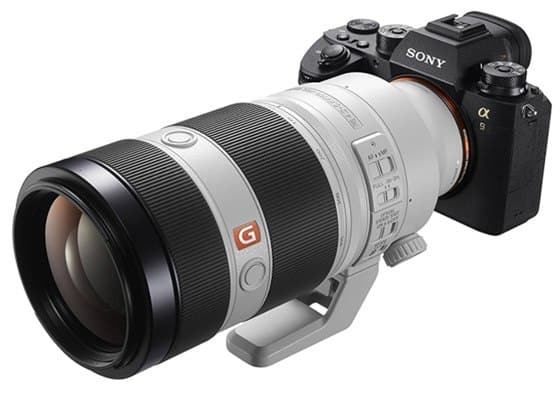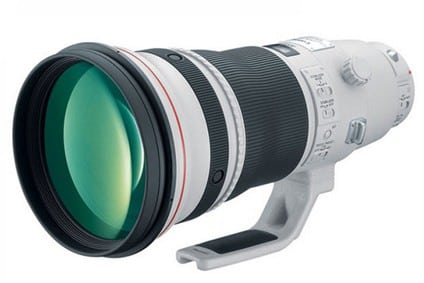When it comes to wildlife or bird photography, you usually want to get as close to your subject as possible. Sometimes that’s simply not possible. One because you don’t want to disturb the animal or two you don’t want to be eaten :). In those moments you’ll need a quality telephoto lens to pair with your camera.
If you are able to get a few steps closer that is always better than zooming in, but not every animal will react the same. This is why having the right lens for wildlife photography is so important. As we’ll discuss, focal length is not the only thing that matters here.
For instance, when talking about the best wildlife lenses, the lens must also have fast auto focus. One that is accurate in all sorts of conditions, and an aperture that’s big enough to be used when there is not a lot of light. Animals are often the most active in dusk and dawn which is why this is so critical.
Couple that with rain or other weather conditions, and you’ll wish you spent a little bit more for a lens that is weather sealed.
To sum it up, aside from focal length these three keys are important to remember when selecting a lens:
- Fast Auto Focus
- Big Aperture
- Weather Sealed
Below, we’ll dive deeper into these features and what makes a lens good for wildlife and birds.

Table of Contents
ToggleKeys to Selecting the Right Wildlife or Bird Lens
Focal length is a major part of the decision when selecting the right lens. Which is why that’s number one on our list. However, there are other key factors to account for before making your purchase.
Also taking some time to figure out what kind of animals you plan to photograph is really important.
Taking photos of elephants on a safari has different needs than taking pictures of snowy owls in the mountains.
1. What Focal Length Do I need for Wildlife Photography? Is a 300mm Lens Enough for Bird Photography?
When selecting the best Nikon lens for bird photography, you’ll want to start with 400mm. Anything less is okay for bigger animals, but birds are so small you’ll have to have to get close AND use a long telephoto lens in most situations. A lens in this focal length range is typically referred to as a “super telephoto lens.”
Generally speaking, 300mm is the minimum for wildlife photography and while you could use something wider, it’s the baseline for how we selected the lenses in this guide.
If you own a Nikon DX camera you need to multiply the focal length with 1.5x to get the actual field of view. Where as other crop sensor cameras often have a 1.6x multiplier.
Because of the crop factor, crop sensor cameras are the best choice for getting as close as possible. For example, you can get a lighter, cheaper and smaller 400mm lens that acts like a 600mm lens instead of buying an actual 600mm lens.
Of course the trade off is you lose some of the frame or image you would get with a full frame sensor.
What does Telephoto Mean?
Although many people use the terms “Telephoto” and “Zoom” to mean the same thing they are in fact different. Simply put, a Zoom lens refers to a lens where you can adjust the focal length by turning the ring on the lens. Meaning you can adjust the focal distance. A Telephoto lens really only refers to a lens that has a long focal length.
So you can have Zoom lenses that are not ‘Telephoto’ and Prime lenses that are ‘Telephoto’. The opposite is true as well. So it’s important to understand there is a difference so you don’t get confused by the terms used with a particular lens.
A lens that falls in the 70mm to 200mm focal length range would be considered to be a Telephoto lens. While anything over the 300mm range would be referred to as a “Super Telephoto Lens”.
For clarification, if you have a “Superzoom Telephoto Lens” that means it’s a Zoom lens (meaning you can change the focal lengths) where the focal length range is over that 300mm mark.
For more useful tips, check out the PhotographyLife post about wildlife focal lengths and Nikon’s Lens page.
2. What Kind of Auto Focus Do I Need on a Wildlife Lens?
With Bird and Wildlife photography auto focus is everything. Even with the best optical quality, a wildlife lens with bad AF is quite useless.
Animals are constantly on the go, and even when they’re still you still need a lens that can quickly and accurately acquire focus. They must also track the subject as best as possible, allowing you to take a ton of shots to then filter out the ones in focus.
The more expensive lenses offer amazing auto focus accuracy, speed and performance. They’re often used by sports and action photographers in both low light and outdoor situations. Make sure to get a lens with the SWM, for Nikon, (or HSM for Sigma) technology as those types of motors are the quickest and nearly silent. All the good brands have equivalent technology.
For Canon, you’ll want to look at Canon L lenses for the same level of accuracy and speed. And look for a USM motor.
- USM stands for Ultra Sonic Motor and it’s something you want for the best focusing speed. Although your camera matters a lot too!
3. What Size Aperture Should I Get for Wildlife Photography?
Here’s a quick reference for the aperture range you can expect to see on a good wildlife lens.
- Telephoto zooms usually end at around f/5.6
- More expensive telephoto primes have f/4
- The most expensive and biggest feature f/2.8
All 3 sizes are perfectly okay for wildlife photography lenses, especially with how good new DSLRs are when it comes to high ISO shooting.
Both f/2.8 and f/4 are excellent for shooting in all sorts of conditions, but with f/5.6 you will have to raise the ISO speed a little bit if not shooting on a bright sunny day.
4. How Important is Weather Sealing on a Wildlife Lens?
It’s important to remember the weather sealing does not equal “waterproof” or “dust proof”. You should always make sure to care for your camera equipment as best you can by keeping out of water, dust, snow, sand, etc.
When you’re out doing nature photography you should expect to encounter “nature”. Since most of us don’t live on that perfect tropical island where the weather is always sunny and 72 degrees, it’s wise to plan for various weather conditions.
In a lot of environments the weather can change quickly which is why we would recommend to get a weather sealed lens.
You should also consider if your camera is weather sealed. If you have a weather sealed lens that great, but your camera is going to probably experience the same conditions so if it’s not sealed you’ll run into problems.
Should I Use a Teleconverter?

You can either use a 1.4x or a 2x Teleconverter. The former slows your maximum aperture down by 1 f-stop, while the latter does it by 2 stops. When using teleconverters, auto focus speed and image quality tend to get worse and the more you stack together, the more differences (especially in ghosting and aberration) you will notice.
As an example using Nikon, a 400mm f/4 lens with the 1.4x teleconverter mounted turns into a 640mm f/5.6 beast. A maximum aperture of f/5.6 will focus on every Nikon DSLR, but when using the 2x teleconverter, that 400mm f/4 would turn into a 800mm f/8. Only a small number of Nikon’s can auto focus at f/8 and you’ll have to rely on your manual skills with cheaper DSLRs.
- Use teleconverters if you want, but don’t forget that every DSLR has a minimum aperture size required for focusing.
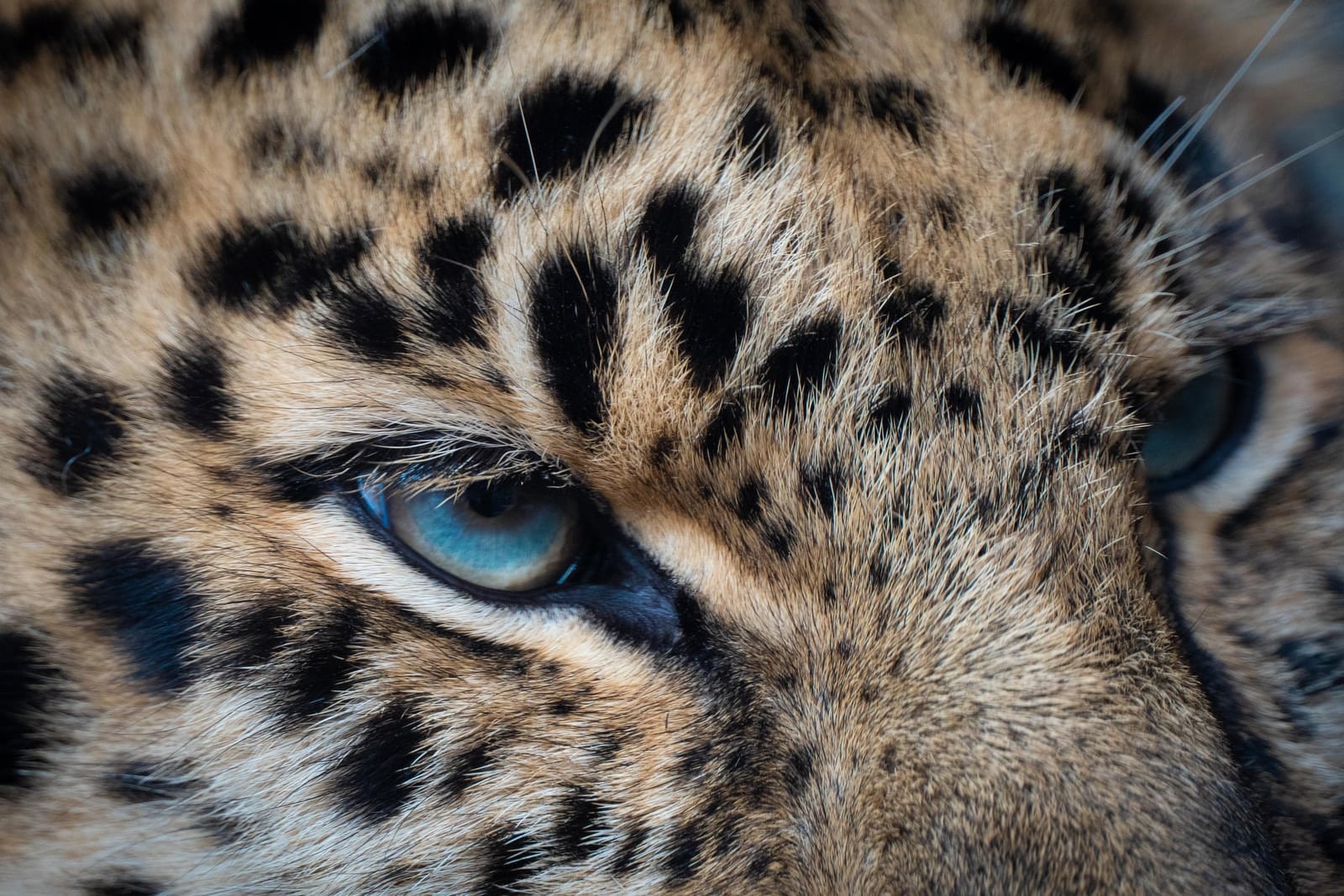
How to Pick a Lens for Wildlife Photography?
It’s worth mentioning again, the keys lens specs to consider when choosing a wildlife or bird lens for your DSLR or Mirrorless camera are:
- Focal Length
- Fast Auto Focus
- Big Aperture
- Weather Sealed
Of course, the camera you use is very important too. So if you’re looking to get your first DLSR/Mirrorless or are thinking about upgrading, take a look at our Best cameras for Wildlife guide.
Related Articles
Best Nikon Lenses for Wildlife and Birds in 2022
4 Keys to Selecting the Best Nikon Wildlife Lens. 1. Long Focal Length 2. Fast Auto Focus 3. Big Aperture...
Read MoreBest Micro Four Thirds Lenses for Wildlife and Sports
For wildlife and sports photography, Micro Four Thirds cameras and lenses are ideal. They’re small, compact, lightweight and due to...
Read MoreBest Panasonic Lenses for Wildlife in 2022
For wildlife and birds, you want a telephoto lens that will get you extremely close to your subject. Sometimes, you...
Read MoreBest Olympus Lenses for Wildlife in 2022
Olympus cameras are excellent for wildlife photography due to their small sensor and compact size. For wildlife and birds, you...
Read MoreBest Fujifilm Lenses for Wildlife and Birds in 2022
Having the right Fujifilm lens for wildlife photography is very important, because the focal length is not the only thing...
Read MoreBest Sony Lenses for Wildlife & Birds
Sony mirrorless cameras are some of the most exciting on the market. With high megapixel count and fast continuous shooting...
Read MoreBest Canon Lenses for Wildlife and Birds in 2022
When it comes to wildlife photography, you usually want to get as close to your subject as possible. Sometimes that’s...
Read MoreFirst and foremost, I’m a husband and father. Then professionally I’m photographer, designer, blogger, and Esty store owner. My homebase is near the stunning Wasatch mountains in Utah but I love traveling with my family as part of our homeschooling journey. I also love teaching and helping out others. My faith is one of the biggest aspects of my life and brings be a consistent joy that I haven’t found in anything else. My main blog is BestPhotographyGear.com and I strive to make photography simple for anyone looking to learn or find gear for their individual needs. By nature, I like to study, research, and analyze things and I use that help provide the best advice and reviews I can.

